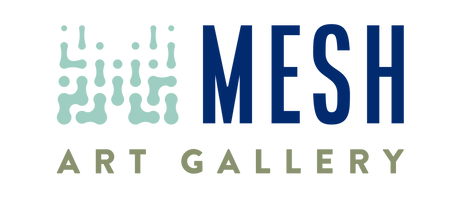The Prints of Chistian Bozon
Where time stood still by choice
Are our thoughts and emotions “tainted” by the current climate of solitude and separation? Should one instead use the word “tinted”, or even more fittingly the word “colored”, when writing about the prints of Christian Bozon? Time somehow passes more slowly for most of us, now ostracized from our usual routines. I wonder if that is a bad thing per se.

Fanned out on the floor in front of me, like so many bright slices of outside life, rest a dozen sheets, large and small, with rectangles of color. You cannot simply look at these color etchings, you contemplate them. They do not reveal themselves, not quickly, and not slowly. They only absorb. They absorb light. They captivate us. Our gaze is sucked in by the saturation of colors; and within the confines of the color field laid out by the artist, the eye travels.

Christian Bozon creates bright, vibrantly colored prints. Some of these are multicolored, with compositional elements which may suggest still lives, or scenes from everyday life. One’s own imagination is often the key to enjoying these works. Though it must be said that they can also simply be enjoyed as spots of saturated colors, meant to bring joy, without much further thought.

The overwhelming majority of Bozon’s prints are however dominated by one color, if not one hue. Contrasting against one or two lighter and/or darker grounds, a field of blue, of red, of teal, of orange or green dominates the composition. Whether small or large, the eye gets lost in these works. In an apparently unstructured way one soaks in the texture and the color.

Bozon’s prints are made slowly and meticulously. Within an edition, there is no variation to speak of. Over the course of two weeks, sometimes more, when he etches a new composition, Bozon often works 8-hour days, trying, proofing, inking, etching and retouching, until it comes together. Nearly all his prints are created using three copper plates. Once he’s done with this design, every speck and hue has been locked in the right place. The edition is extremely consistent. Every pebble, and every ray of light, will look the same from one impression to the next.

Layers of color are printed one on top of the other. This sedimentary approach complements his style. What we interpret to be depths of water, layers of sand or clay, the haze of sunlight, or the thicknesses of grass, are literally built up in progressive thin strata of ink. One color will meld into the one being printed on top of it. And these two, in turn, will blend into their final incarnation, thanks to the printing of the third color, which locks in the image for good.

Through this method, transparencies of layered colors can be achieved. Saturations and contrasts all contribute to make his abstracted image evocative of lights, places and situations we the viewer seem to remember, somehow. His is an art of the south, in which the zenithal light has failed to flatten the landscape. The depths of his colors seem endless. At a time like this, it’s comforting to visit a place where time is still by choice.
